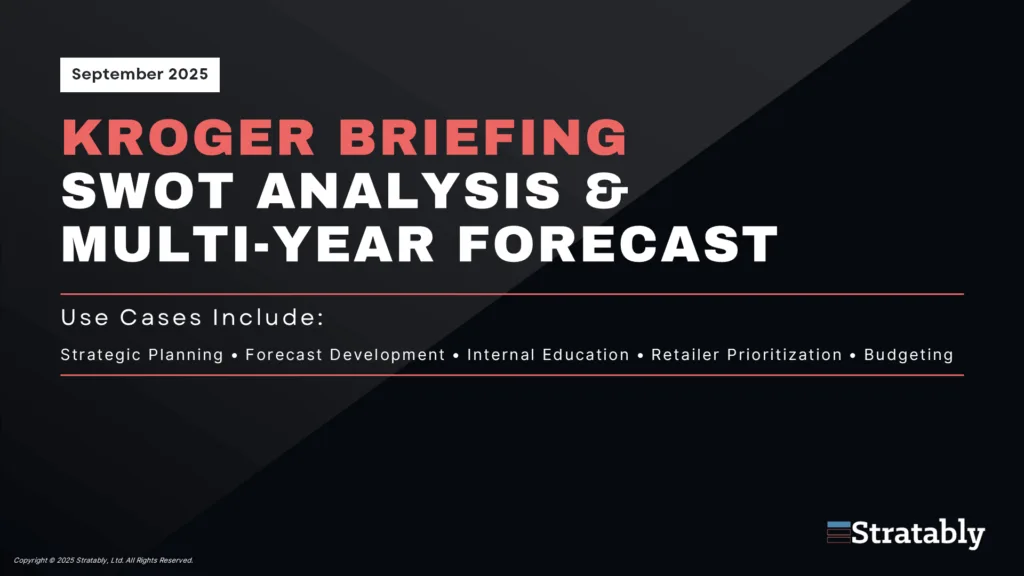TL;DR: Leverage this Stratably created case study that puts your team in the driver’s seat of a 2026 Amazon annual vendor negotiation (AVN). Use it to practice trade-offs, build alignment, and sharpen your negotiation playbook before the real conversations begin.
1 minute read
Log in to download the Case Study Exercise at the bottom
Annual Vendor Negotiations (AVNs) with Amazon are high-stakes moments that can shape a brand’s growth, profitability, and organizational alignment for the year ahead.
This case study exercise is designed to give your team a “rep” before negotiations begin and offer a unique and engaging way to educate key stakeholders on the AVN process.
Through the lens of a fictional, but highly realistic, consumer brand facing Amazon’s 2026 AVN demands, you’ll explore the same trade-offs, escalation risks, and internal dynamics your own organization may face in your next negotiation with Amazon.
What You’ll Learn:
By completing the exercise, your team will be able to:
- Frame Amazon’s role (growth driver, profit contributor, or both) and understand how that influences negotiation decisions
- Evaluate trade-offs between conceding and holding firm on Amazon’s asks
- Analyze how internal leadership sentiment, resource constraints, and investor expectations shape AVN strategy
- Practice sequencing commitments while managing Amazon’s punitive levers
- Align cross-functional stakeholders on a coherent AVN approach
Who It’s For:
- Amazon leaders and account teams preparing for 2026 AVNs, particularly those newer to the AVN process
- Executive leadership and cross-functional partners (e.g., finance, supply chain, marketing) who influence AVN strategy
Join the Stratably community
-
Bite-sized market updates
-
Deep dive analyses
-
Industry benchmarks
-
Retailer forecasts
-
Invites to live events
-
And More!
Enterprise Membership unlocks our full insights that you and your team can use to drive alignment across your organization, improve your forecasting, and invest in the right capabilities.
Simply put, it makes your organization much more informed, providing a competitive edge over your rivals.


